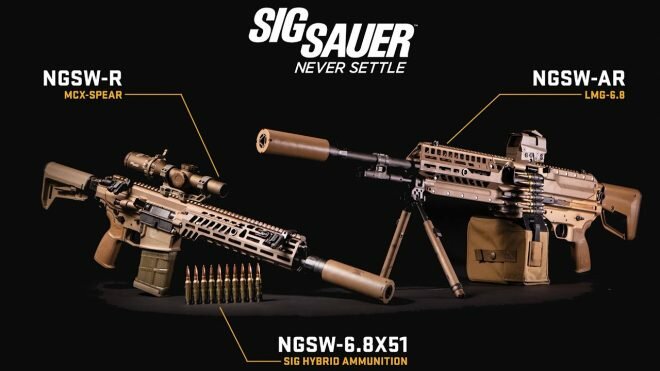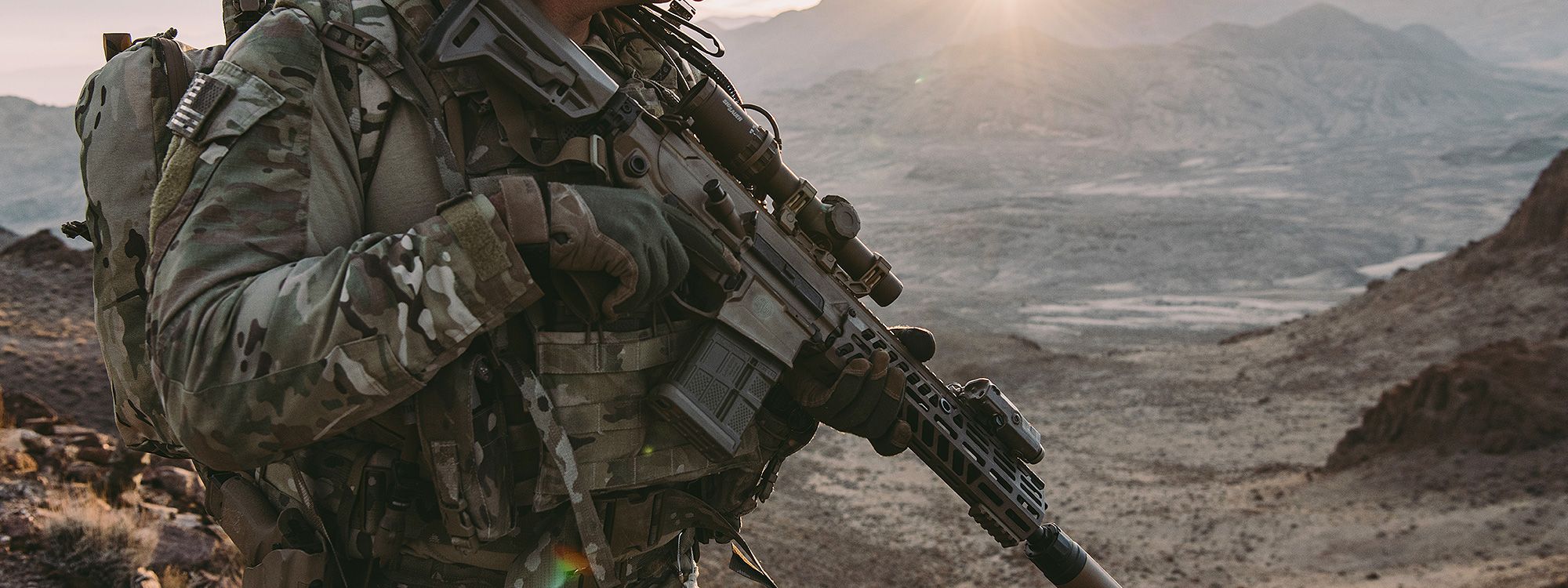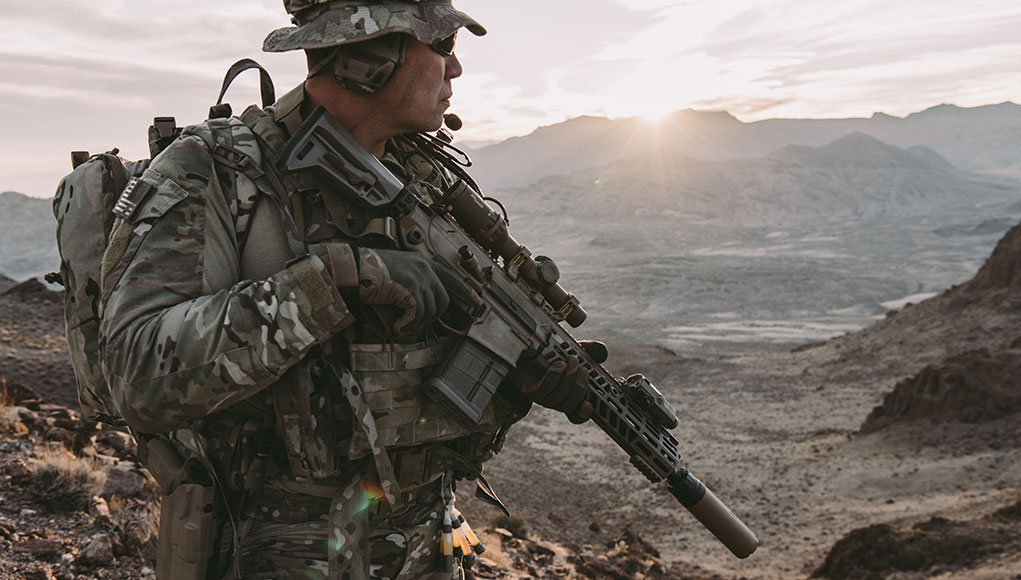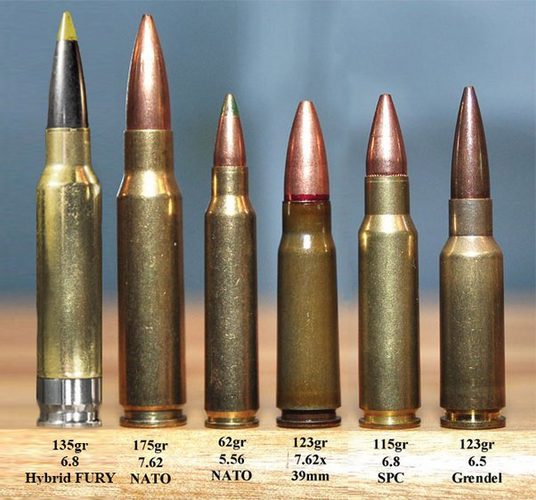It's a beast. Chamber pressure is dramatically higher than 7.62 NATO (80,000 psi vs ~60,000 psi). It's going to be an absolute handful to shoot well.
Good stopping power though. More ftlbs than a 7.62mm.
But not enough to achieve the stated goal of penetrating advanced body armor at long range.
The idea that 5.56mm somehow lacks "stopping power' is a myth. What it lacks (to some degree) is penetration at long range when fired from subcompact carbine barrels. This is a problem solvable by better bullet design, longer barrels, and improved propellants. All things that could be done without afflicting soldiers with dramatically heavier rifles, smaller ammo loads, and massive recoil forces.
The most transformational feature of NGSW is the the fire control module, which could be installed on M-16s tomorrow and achieve about 80% of the improved combat effectiveness of the NGSW-R overnight. Everything else is a return to the fantasy that the average riflemen can or should engage individual targets with small arms at ranges in excess of 600 meters. The false notion that the war in Afghanistan could have been won if only we could have shot back at those Afghan "snipers"* with our infantry rifles.
* In reality, mostly spray-and-pray harassing fire by PKM light machineguns.











